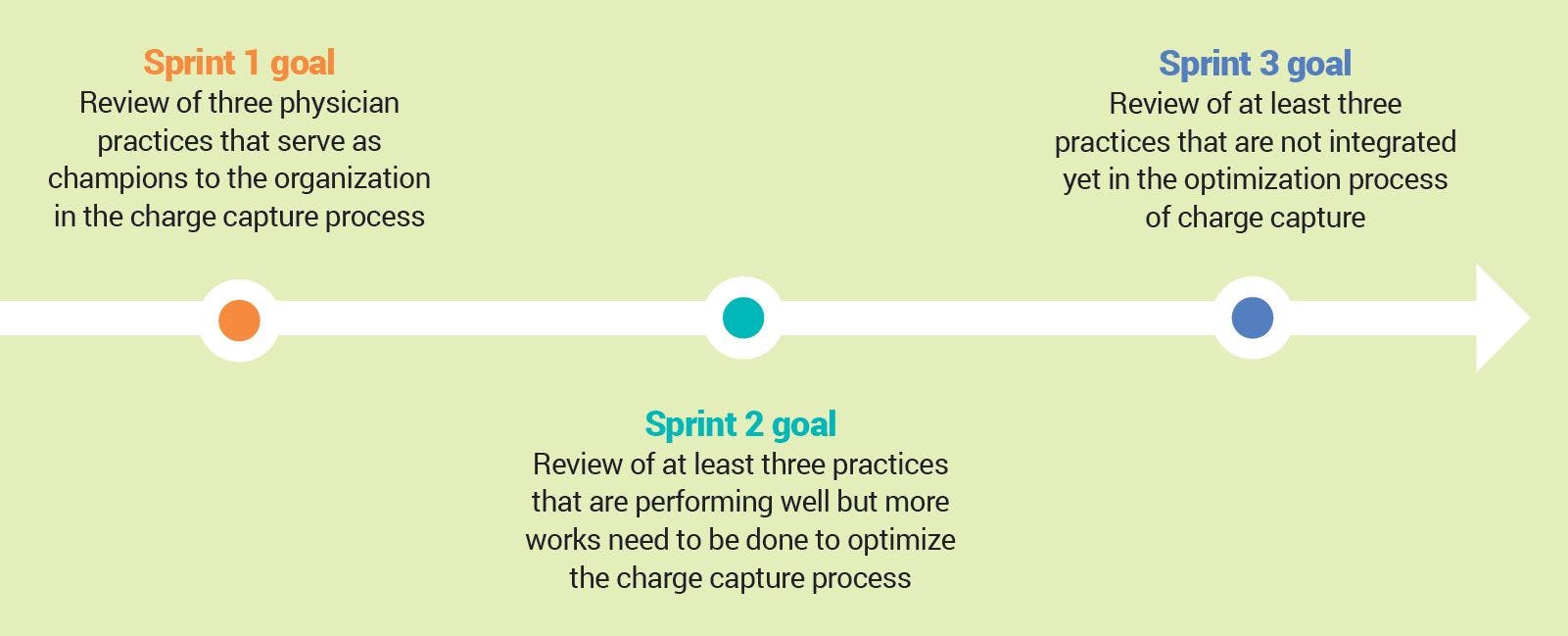


An agile approach to charge capture processes provides added value for not-for-profit healthcare organization
Client background
A not-for-profit healthcare organization with six hospitals, nearly 700 primary care and specialty providers at 75 locations, and 19 convenient urgent care locations, approached Baker Tilly to perform a charge capture internal audit at the physician practice groups’ level.
Business challenge
Physician practices groups at the client had approximately 75 locations and various levels of compliance with capturing charges. The client requested that Baker Tilly perform a physician practices’ charge capture processes review. Baker Tilly held a brainstorming meeting with the business owners of the physician practices team to identify the most effective ways to review and add value to the charge capture processes.
Baker Tilly approach
Baker Tilly and the physician practices team concluded that an agile internal audit would be the best approach. Having the ability to modify and adapt the internal audit to gather insights from each of the reviews and apply in an iterative fashion to subsequent audits would offer a better outcome than a narrow-focused single audit approach. Using the scrum framework to apply agile principles, the goals of the audit were broken down into three sprints each lasting approximately two weeks.

Baker Tilly worked with management to develop our “audit value approach board.” Key areas addressed included: identified concerns, project drivers, cross functional impacts, value proposition, identified key stakeholders and the project team, project objectives and scope, risk and control backlog and audit timelines.
Baker Tilly agile audit project management
- Conducted sprint planning meeting(s) to discuss the goal, risks and control objectives to include in sprint backlog.
- Implemented a modified scrum board to develop the sprint backlog and to track the in process and completed tasks.
- Conducted time-boxed (15-20 min) stand-up meetings (held 2x a week) focusing on what did we accomplish, what are we working on and what’s impeding achieving our goals
- Lessons learned were socialized, impediments/issues identified, and sprint progress tracked.
- At the end of every sprint we held a sprint review and retrospective meeting where key processes owners were included to provide input and feedback.
- As we performed the next sprint(s), we modified and updated our approach based on the prior sprint review and retrospectives and best practices that were identified.
Business impact
The client received feedback more quickly through an iterative process by applying an agile approach to the audit. The audit approach was adapted throughout the process by applying lessons learned from each sprint. Management had more buy-in to internal audit recommendations since they were included as a collaborative partner throughout the process.
For more information on this topic, or to learn how Baker Tilly specialists can help, contact our team.
